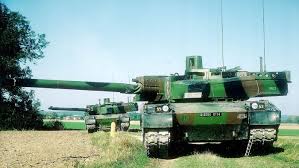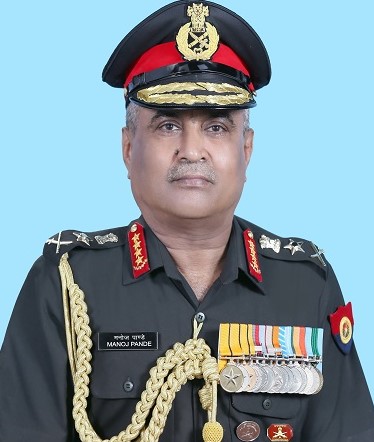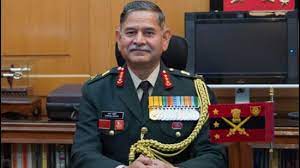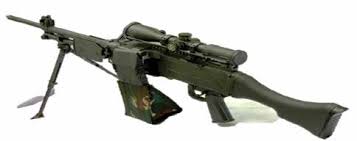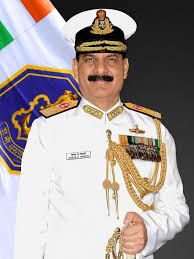France and Germany have reached a “breakthrough” on plans for a joint tank, in what they described as a sign of mending Franco-German ties which have been strained by differences over European defence policy and arms for Ukraine.
“This is more than a milestone, it’s a historic moment,” said Boris Pistorius, the German defence minister on Friday.
He was speaking alongside his French counterpart Sébastien Lecornu after the two held talks in Berlin.
“Today we have achieved the breakthrough,” Pistorius said, “an expression of the significance, strength and opportunities of Franco-German co-operation and friendship”.
The talks between the two defence ministers came at a time when the Franco-German relationship has come under huge strain, with open disagreements between French President Emmanuel Macron and German chancellor Olaf Scholz over weapons deliveries to Kyiv and how to fund a broader push to beef up European defence.
Scholz has opposed Macron’s idea of issuing euro bonds to fund arms makers in Europe, as well as the French president’s recent suggestion that the west should not rule out sending ground troops to fight in Ukraine.
Pistorius said that the media liked to suggest that the Franco-German “engine is sputtering, that we’re running out of fuel and don’t have a common axle”.
But the talks this week had shown “that we’re in the same boat and both know what direction we want to go in”.
The breakthrough in talks refers to a joint tank project called the Main Ground Combat System (MGCS) which will succeed the two countries’ existing separate systems: Germany’s Leopard and France’s Leclerc.
The MGCS comes in addition to another long-promised Franco-German arms project, the fighter jet known as the Future Combat Air System (FCAS).
France is taking the lead on the FCAS via its fighter jet maker Dassault Aviation, while Germany will lead the MGCS project, which involves Franco-German group KNDS and Germany’s Rheinmetall.
But progress on both projects has been glacially slow because of squabbling between the two governments over specifications of the systems and how to divide up the work equally. Tensions have also brewed between contractors over intellectual property.
Experts and military insiders remain sceptical as to whether they will ever see the light of day given that both remain in early-stage development.
Lecornu said the MGCS was not just a successor to the Leopard and the Leclerc but a “generational leap forward in technological terms” since it will include a main battle tank accompanied by robots, drones and artificial intelligence.
Pistorius said talks on the MGCS had been “complicated, far-reaching and difficult, because we’re literally entering uncharted territory”.
An agreement had finally been reached to divide production 50:50 between German and French companies, he said, adding that he would travel to Paris on April 26 to sign a memorandum of understanding on the first phase of the project.
The French defence minister said it was understandable that the talks had been difficult.
“Two countries that have important, competent and competitive arms industries have never before tried to produce a complex weapons system together in this way, and that is by definition a hard thing to do,” Lecornu said.
The two sides had also reached an agreement to allow tank-maker KNDS, which is leading the MGCS project, to set up a local branch in Ukraine, Lecornu said.
The factory would produce spare parts and train locals and also repair weapons systems given to Kyiv.
KNDS is a holding company formed by France’s Nexter and Germany’s Krauss-Maffei-Wegmann.
“We are announcing that KNDS . . . a Franco-German company, will take a foothold in Ukraine with a local unit,” Lecornu said.
Source: https://www.ft.com/content/4c9e40a7-cb30-4915-b750-fb9c26254c6

